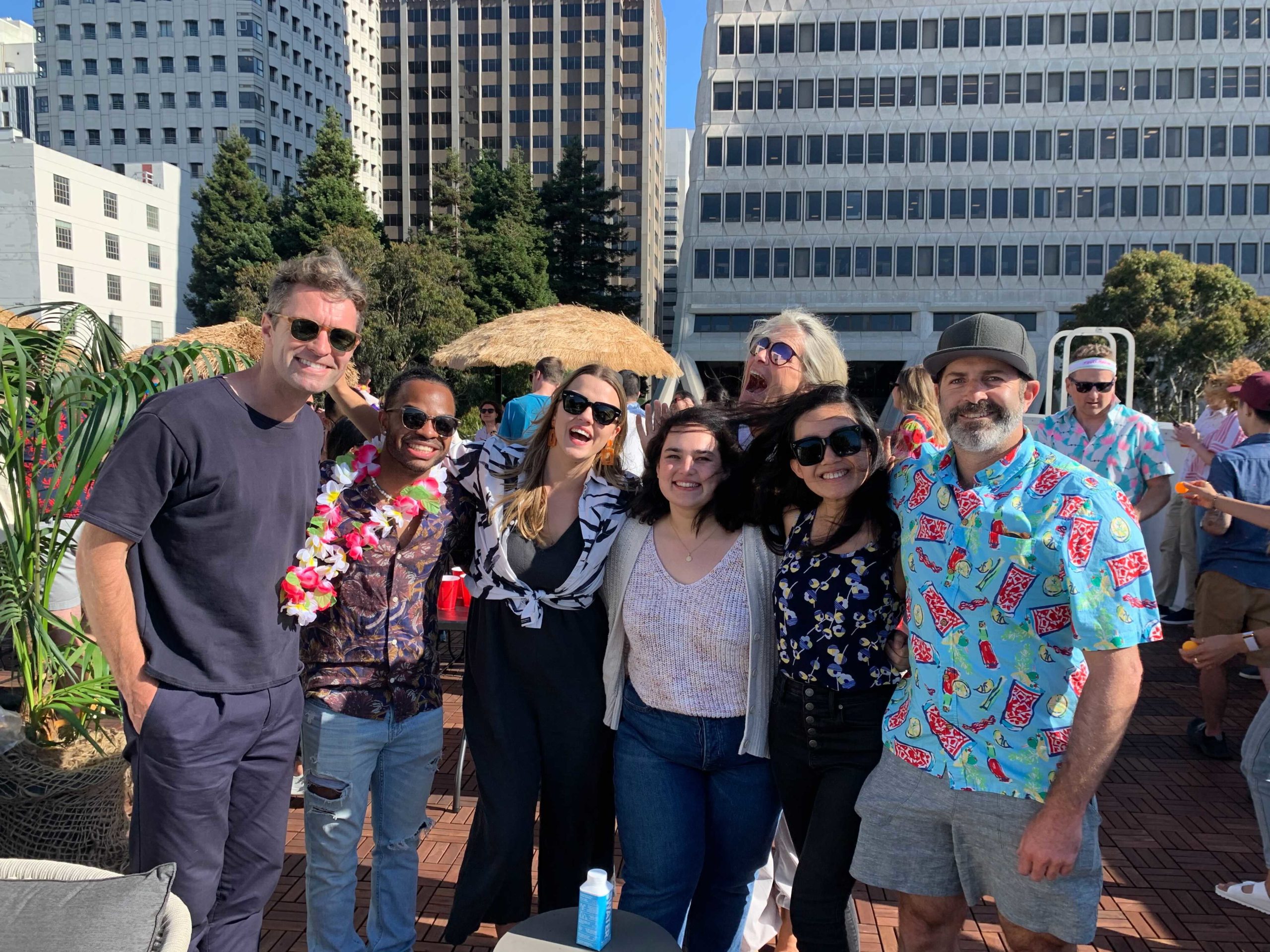Women’s Health and Business
As Megan pointed out in her International Women’s Day (March 8th) post, there is something “going on” with women and CSR. My former employer, Business for Social Responsibility (BSR), has picked up on this trend – as I was leaving to go to business school, the organization was just starting an initiative called the HER Project. I’m really proud of the progress they’ve made, as detailed by this just published report. As Aron Cramer, CEO of BSR said, “it’s time to think about the fate of the millions of women – often aged between 16 and 25 – who now make the clothes, toys and electronics we buy, and who toil in the fields that produce the tomatoes and flowers that land on our kitchen tables.”
The HER Project is a factory-based women’s health initiative that works like this: foundations provide support to BSR for its program design and management, BSR rallies companies with international supply chains (including HP, Levi Strauss & CO., Columbia Sportswear, Abercrombie & Fitch, Clarks, Timberland, Nordstrom and Williams-Sonoma), the companies provide funding to cover the cost of peer health-education trainings at suppliers’ factories, and local NGOs deliver the program.
The results are inspiring. Factories are seeing less absenteeism, increased worker concentration, more trusting worker-management relationships, and increased employee loyalty. As far as the corporate level goes, BSR cites a new McKinsey study which shows that one-third of companies which invest in programs targeting women in developing countries have measured improved profits.
The female workers that go through the training learn about health issues shared by women in manufacturing facilities, including anemia, reproductive tract infections, and unsafe sexual activities. These women in turn are more likely to have positive health outcomes, to access preventive care, to educate their peers, and to become leaders in their factories and communities.
The movement to support women workers is bigger than the HER Project. Gap Inc. is doing interesting work with its PACE program that helps female garment workers advance beyond entry-level cut positions to factory management through education. The Nike Foundation is encouraging investment in girls in developing countries through its brilliant Girl Effect campaign. This is all good news – I’m excited to see what happens next.
—Katie Swinerton



